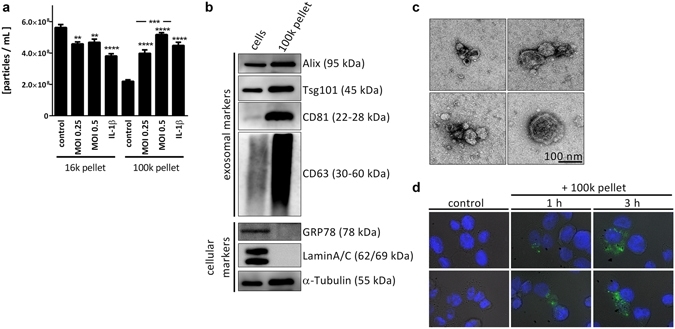DAPI
4,6-Diamidino-2-phenylindole, dihydrochloride; 10 mM solution in water
DAPI is a fluorescent stain that binds strongly to DNA. It is used extensively in fluorescence microscopy. Since DAPI passes through an intact cell membrane, it can be used to stain live cells besides fixed cells. For fluorescence microscopy, DAPI is excited with ultraviolet light. When bound to double-stranded DNA its absorption maximum is at 358 nm and its emission maximum is at 461 nm. One drawback of DAPI is that its emission is fairly broad. DAPI also binds to RNA although it is not as strongly fluorescent as it binds to DNA. Its emission shifts to around 500 nm when bound to RNA. DAPI's blue emission is convenient for multiplexing assays since there is very little fluorescence overlap between DAPI and green-fluorescent molecules like fluorescein and green fluorescent protein (GFP), or red-fluorescent stains like Texas Red. Besides labeling cell nuclei, DAPI is also used for the detection of mycoplasma or virus DNA in cell cultures.


| Catalog | Size | Price | Quantity |
|---|---|---|---|
| 17507 | 2 mL | Price |
Physical properties
| Molecular weight | 350.25 |
| Solvent | Water |
Spectral properties
| Extinction coefficient (cm -1 M -1) | 27000 |
| Excitation (nm) | 359 |
| Emission (nm) | 457 |
Storage, safety and handling
| H-phrase | H303, H313, H340 |
| Hazard symbol | T |
| Intended use | Research Use Only (RUO) |
| R-phrase | R20, R21, R68 |
| Storage | Freeze (< -15 °C); Minimize light exposure |
| UNSPSC | 41116134 |
| CAS | 28718-90-3 |
Contact us
| Telephone | |
| Fax | |
| sales@aatbio.com | |
| International | See distributors |
| Bulk request | Inquire |
| Custom size | Inquire |
| Technical Support | Contact us |
| Request quotation | Request |
| Purchase order | Send to sales@aatbio.com |
| Shipping | Standard overnight for United States, inquire for international |
Page updated on September 19, 2024

